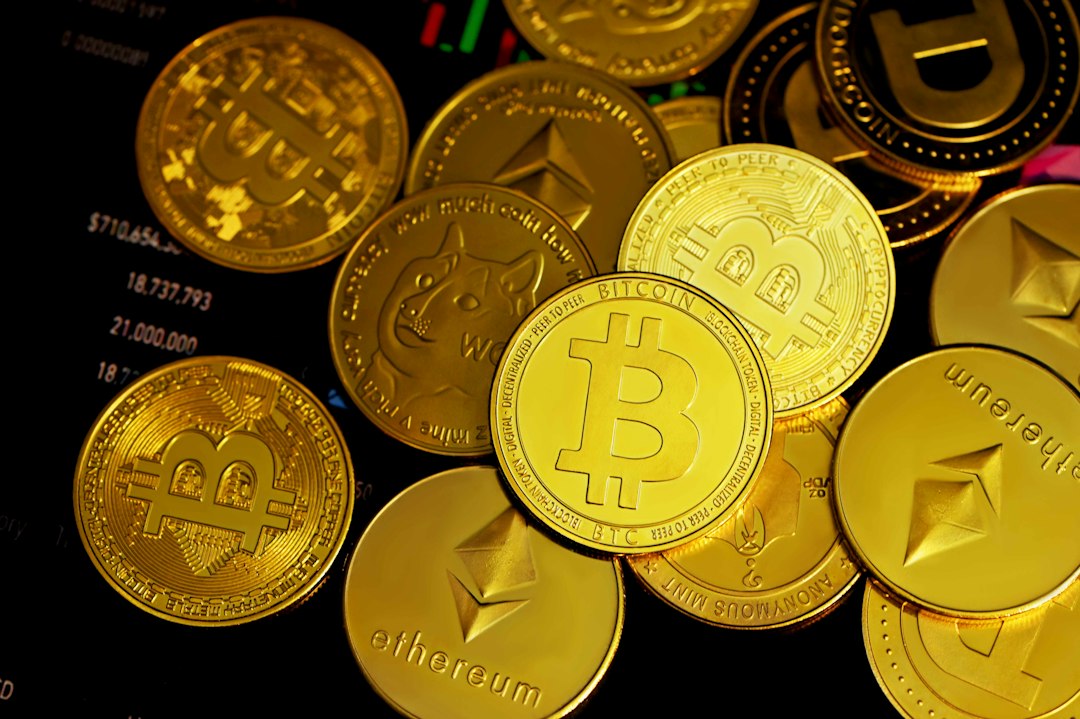The Reality of Illicit Activities in Cryptocurrencies vs. Traditional Fiat Currencies
The debate surrounding illicit financial activities within the cryptocurrency space has been a contentious issue, with critics often pointing to the potential for misuse. However, recent remarks by Binance CEO Richard Teng and analysis by Dr. Andrzej Gwizdalski, a lecturer at the University of Western Australia, offer a new perspective.
Comparing Illicit Activities
Dr. Gwizdalski compiled data from the United Nations, World Economic Forum, and blockchain analytics firm Chainalysis to compare illicit activities in crypto and traditional fiat currencies. His findings present a stark contrast: while cryptocurrencies are often highlighted for their use in illegal activities, the volume is significantly lower than that in the traditional fiat system.
The Scale of Illicit Activities in Traditional Fiat Currencies
The United Nations Office of Drugs and Crime notes that the estimated amount of money laundered globally in a year is between 2-5% of global GDP, translating to $800 billion to $2 trillion. This is primarily through traditional fiat currencies. On the other hand, the World Economic Forum reports that corruption costs developing countries about $1.26 trillion annually, highlighting the scale of illegal activities in the traditional financial system.
The Illicit Use of Cryptocurrencies
In contrast, Chainalysis data revealed that the illicit use of cryptocurrencies reached a record $20.1 billion in 2022. This figure, while significant, pales in comparison to the estimates for fiat currencies. Importantly, the nature of blockchain technology means that transactions in cryptocurrencies are transparent and traceable, arguably making them a less attractive medium for illegal activities.
Rethinking the Narrative
Richard Teng, CEO of Binance, echoed these sentiments. He emphasized the need to shift the narrative around crypto’s role in illicit activities, especially in light of such comparisons. Quoting Dr. Gwizdalski, Teng highlighted that traditional fiat, like the USD, is implicated in an estimated $3.2 trillion in illegal activities annually, over 100 times the amount linked to cryptocurrencies. He suggested a rethinking of the narrative, arguing that fiat currencies’ involvement in corruption and money laundering should not extend their reputation to cryptocurrencies.
A New Perspective
The information compiled by Dr. Gwizdalski and echoed by Binance’s CEO calls for a reconsideration of the perspective on cryptocurrencies in the context of illicit financial activities. It suggests that while cryptocurrencies are not free from being used for illegal purposes, their scale and nature of misuse are significantly smaller compared to traditional fiat currencies. This insight is crucial for policymakers and the general public in understanding and regulating the crypto space.
Hot Take: Cryptocurrencies and Illicit Activities – A Clearer Picture
The debate surrounding cryptocurrencies and their association with illicit activities often portrays them as hotbeds for financial wrongdoing. However, recent analysis challenges this narrative by comparing the scale of illegal activities in crypto and traditional fiat currencies. The data compiled by Dr. Andrzej Gwizdalski reveals that while cryptocurrencies are not immune to misuse, their volume of illicit transactions pales in comparison to traditional fiat currencies.
With estimates suggesting that trillions of dollars are involved in illegal activities through traditional fiat systems annually, it becomes clear that cryptocurrencies have a relatively smaller footprint when it comes to illicit financial actions. The transparency and traceability offered by blockchain technology further diminish their appeal for criminal purposes.
Therefore, it is essential to reassess our perspective on cryptocurrencies and recognize that they are not inherently more prone to illicit activities than traditional fiat currencies. By understanding this distinction, policymakers and the general public can approach the regulation and adoption of cryptocurrencies with a clearer and more informed perspective.





 By
By
 By
By
 By
By

 By
By
 By
By